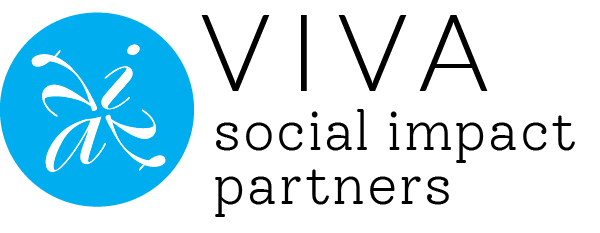
As a child, it was easy to make friends. In the 4th grade, we were assigned seats and my classroom neighbor became my lifelong friend. As adults, we can’t necessarily count on assigned seating in our personal or professional lives, but there are other ways to forge successful relationships and partnerships.
Embarking on a new community partnership? Don’t jump into formal agreements or start working on tactics just yet. As collaboration becomes the way we do business in the public sector to solve social problems, it is important to bring partners together intentionally. Part of intentional partnering is playing to the small things that contribute to the comfort and authenticity of our exchanges. Here are a few items to consider next time you bring partners to the table:
1. Place & Space
Select a neutral and inviting meeting space. Holding your meeting in one of the offices of your partnering organizations can make it appear as if that organization has more influence than others. At the onset of your partnership, a neutral meeting space can ensure that partners feel a sense of shared ownership. A room that has plenty of space, that is light and comfortable, helps set the stage for relationship building and your work together. Browse a site like Peerspace the next time you need a change of scenery for a meeting.
2. The Anti-Icebreaker
Sometimes people hesitate to use icebreakers because they feel that they are cheesy or that they’ll take up a significant portion of the meeting, but breaking the ice is a very important part of creating the conditions for trust building. I call them “bridge builders.” Bridge builders are not about knowing everyone’s favorite color, or whether they prefer boxers or briefs. Instead, bridge builders are questions that help participants form meaningful connections and identify commonalities. Try one of these:
What experiences brought you to your field of work?
What gets you up in the morning?
3. Humor
Did you know that laughing decreases stress hormones and triggers the release of endorphins? A recent study out of Loma Linda University found that laughter led to lower levels of the stress hormone, cortisol. Lift the mood with a joke or take a break and reconvene with a funny question. This is a no-brainer. Integrating some lighthearted humor will help partners feel at ease, naturally.
4. Clear Expectations
Set clear expectations as a group. Maybe you agree to start and end meetings on time or not to talk over one another. Keep it simple. Putting forward an initial commitment can help build a sense of trust and respect before the real work even begins. This gives your group the opportunity to model their commitment and reliability. After opening the meeting, consider establishing norms or guidelines for meetings together.
5. End on a High Note
Meetings often end with a rushed confirmation of next steps. End on a high note. Reserve time after next steps to affirm commitments to one another, look ahead to the future, or reflect on the accomplishments of the meeting. A short question about participants’ high point of the meeting or one word that captures how they are feeling is a way of taking the pulse of the meeting and provides closure. Participants will leave feeling invigorated about the partnership and ready for your next meeting!
Use these ideas to help partners form strong relationships from the first meeting–no assigned seats required!
